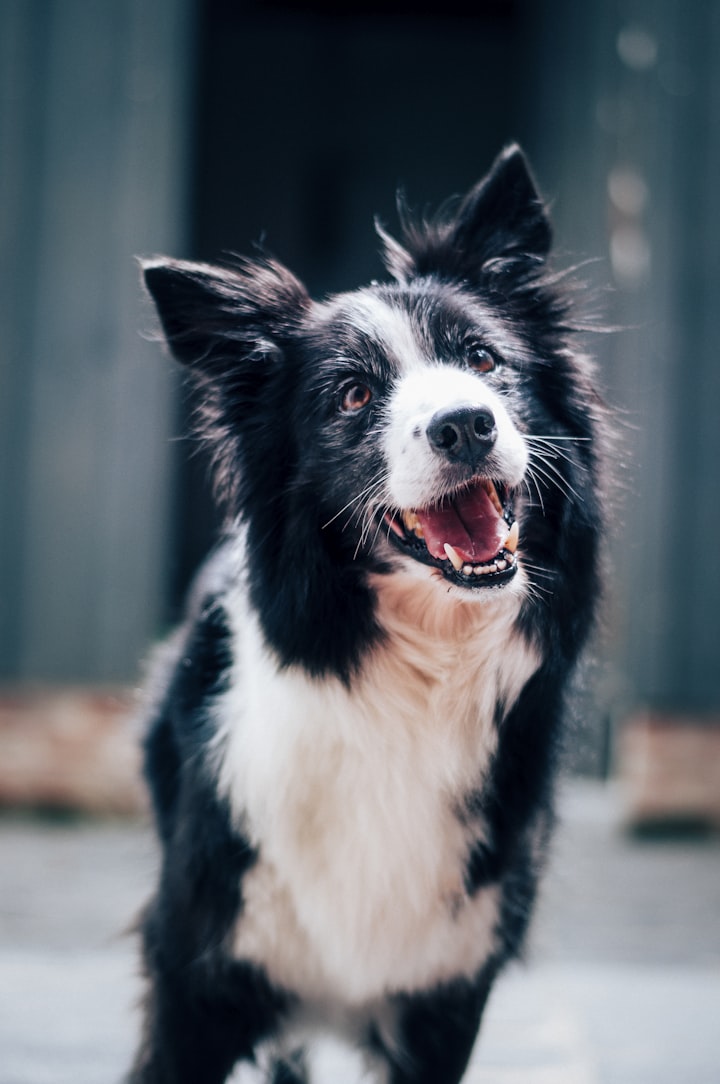How to train a dog and teach basic commands
Dog

Training a dog and teaching them basic commands is an essential part of their development and can help establish a strong bond between you and your furry friend. In this guide, we will go through the steps involved in training a dog and teaching them some fundamental commands. Remember, consistency, patience, and positive reinforcement are key to successful training.
Start with the basics: Before diving into specific commands, it's important to establish a foundation of basic obedience. Teach your dog their name and encourage them to respond to it consistently. Also, introduce them to simple cues like "sit" and "come" to instill good behavior from the start.
Use positive reinforcement: Dogs respond best to positive reinforcement, so reward them with treats, praise, and affection when they exhibit the desired behavior. This encourages them to repeat the action in the future.
Focus on one command at a time: Training can be overwhelming for both you and your dog if you try to teach multiple commands at once. Focus on one command, such as "sit," until your dog grasps it before moving on to the next.
Use clear and consistent cues: Dogs learn through repetition and consistency, so choose simple and distinct cues for each command. For example, use a clear voice command like "sit" accompanied by a hand signal or gesture.
Use a positive and upbeat tone: Dogs respond well to a positive and upbeat tone of voice. Speak in a cheerful manner to keep the training sessions enjoyable for your dog.
Break it down: When teaching a new command, break it down into smaller steps. For example, when teaching "sit," start by luring your dog into a sitting position with a treat and gradually phase out the lure until they respond to the verbal cue alone.
Be patient and persistent: Training takes time and effort. Be patient with your dog and repeat the training sessions regularly. Consistency is key to successful training.
Avoid punishment: Punishment can create fear and anxiety in dogs, which hinders the learning process. Focus on positive reinforcement and redirecting unwanted behavior instead.
Gradually increase distractions: Once your dog has mastered a command in a controlled environment, gradually introduce distractions to reinforce their ability to follow commands even in more challenging situations.
Practice daily: Training should be a part of your daily routine. Short, frequent sessions are more effective than long, sporadic ones. Aim for 5-10 minutes of training per session, several times a day.
Socialize your dog: Expose your dog to different people, animals, and environments to promote good behavior and social skills. This helps them remain calm and obedient in various situations.
Seek professional help if needed: If you're struggling with training or if your dog displays challenging behavior, consider consulting a professional dog trainer. They can provide personalized guidance and address specific issues.
Teach "sit": Hold a treat close to your dog's nose, then slowly raise it upwards. As your dog follows the treat with their eyes and head, their bottom should naturally lower into a sitting position. Once seated, say "sit" and offer the treat along with praise. Repeat this process, gradually phasing out the treat and relying more on verbal cues and praise.
Teach "stay": With your dog in a sitting position, hold your hand up, palm facing them, and say "stay" in a firm, calm tone. Take a step back, then immediately return and reward your dog with a treat and praise for remaining in place. Gradually increase the distance and duration of the "stay" command.
Teach "come": Start by attaching a long leash to your dog's collar. Crouch down, hold the leash, and say "come" while gently pulling them towards you. Reward your dog with treats and praise when they reach you. Practice in a secure area, gradually lengthening the leash and removing it once your dog understands the command.
Maintain consistency: Dogs thrive on consistency, so use the same cues and gestures for each command. Make sure all family members are using the same commands and techniques to avoid confusion.
Practice in various environments: Once your dog grasps the basic commands, practice them in different locations with increasing distractions. This helps your dog generalize their learning and respond reliably regardless of the environment.
Remember, each dog is unique, and the training process may vary. Stay patient, be consistent, and adapt the training methods to suit your dog's temperament and learning style. Enjoy the journey of training and bonding with your furry companion!





Comments
There are no comments for this story
Be the first to respond and start the conversation.